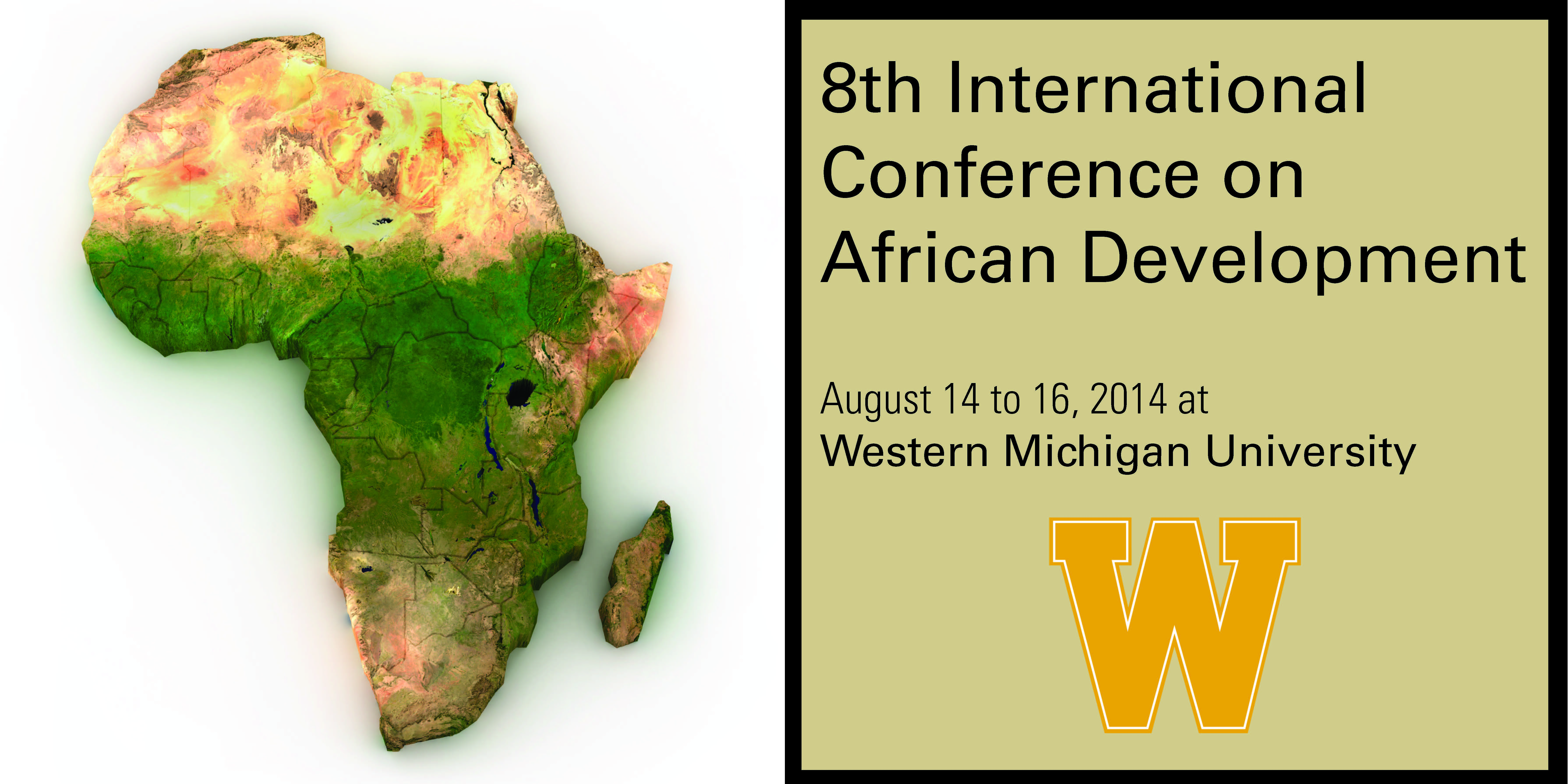
Towards Metropolitan Governance in Ethiopia: Application to the Addis Ababa Urban Region
Abstract
With 17 % of its population living in urban centers, Ethiopia is one of the least urbanized countries in sub-Saharan Africa. It, however, has one of the fastest urban growth rates (nearly 4%). It also has numerous cities and towns. For instance in 1984 there were 534 towns with 2000 and over population. These rose to 794 and 973 in 2007 and 2012 respectively. A typical feature of Ethiopian urban system is a small average city size which changed slightly over time. The average city size in 1984 was nearly 16,000 and this has shown a slight decrease in time and became 15,000 in 2012. The reason for small mean size of cities is due to the increase in number of small cities in time. Despite this, Ethiopian cities are also showing a separate trend of primacy and growing secondary cities. Addis Ababa, the capital city, houses 3.1 million people in 2012 and remains to be the primate city that dominates the urban scene of the country. The federal structure of the country has also created impetus for the emergence and growth of regional capitals which are becoming important secondary cities. Awassa, Bahirdar, Mekele, Adama are notable examples and they belong to a size class between 100,000-500,000 population. An examination of the evolution of the size distribution shows that towns in this size category have shown dramatic increase both in number and share of urban population...
Towards Metropolitan Governance in Ethiopia: Application to the Addis Ababa Urban Region
With 17 % of its population living in urban centers, Ethiopia is one of the least urbanized countries in sub-Saharan Africa. It, however, has one of the fastest urban growth rates (nearly 4%). It also has numerous cities and towns. For instance in 1984 there were 534 towns with 2000 and over population. These rose to 794 and 973 in 2007 and 2012 respectively. A typical feature of Ethiopian urban system is a small average city size which changed slightly over time. The average city size in 1984 was nearly 16,000 and this has shown a slight decrease in time and became 15,000 in 2012. The reason for small mean size of cities is due to the increase in number of small cities in time. Despite this, Ethiopian cities are also showing a separate trend of primacy and growing secondary cities. Addis Ababa, the capital city, houses 3.1 million people in 2012 and remains to be the primate city that dominates the urban scene of the country. The federal structure of the country has also created impetus for the emergence and growth of regional capitals which are becoming important secondary cities. Awassa, Bahirdar, Mekele, Adama are notable examples and they belong to a size class between 100,000-500,000 population. An examination of the evolution of the size distribution shows that towns in this size category have shown dramatic increase both in number and share of urban population...
